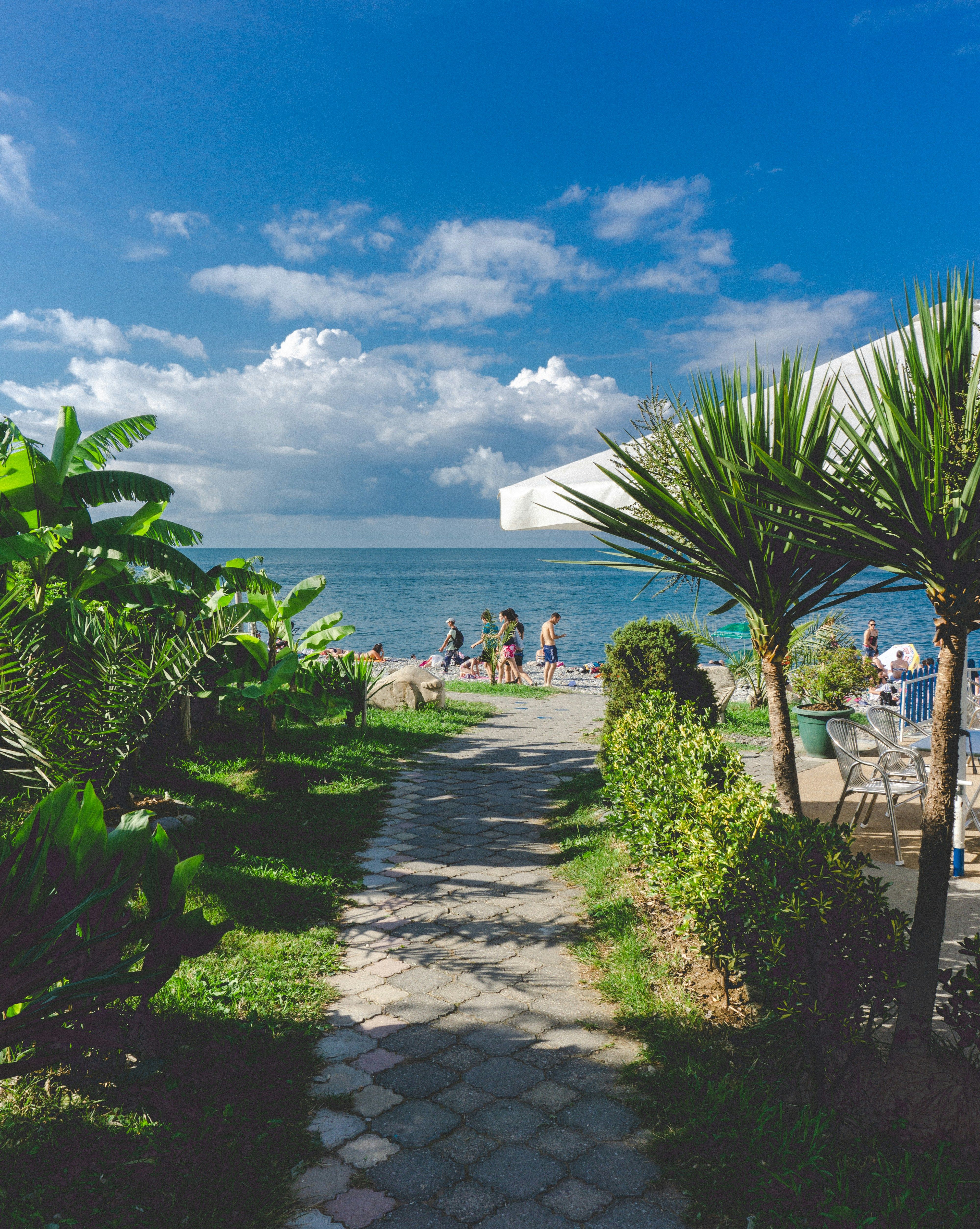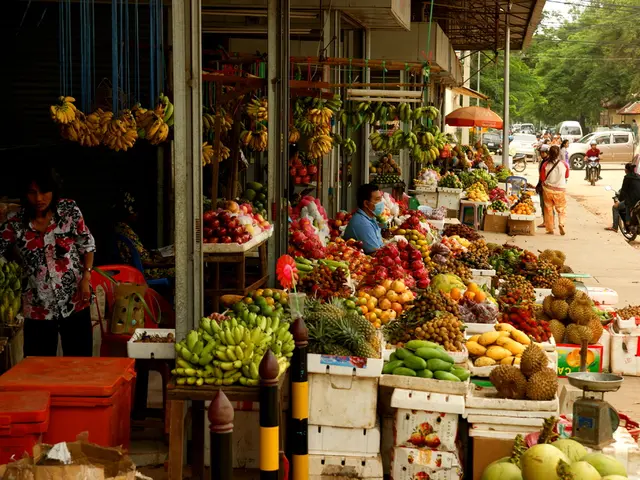Potential Issues to Be Conscious of During Travel in Japan
Japanese Travelers Face Potential Encounter with Dangerous Insects and Creatures
Japan's picturesque landscapes and abundant wildlife make it an ideal destination for nature enthusiasts. However, travelers venturing into rural or mountainous regions should remain cautious of several potentially dangerous insects and other critters. Here is an overview of the common dangerous insects in Japan and recommended actions to take in case of an encounter.
Common Dangerous Insects in Japan
- Japanese Giant Hornet (Oosuzumebachi)This is the world's largest hornet and the most dangerous insect in Japan, responsible for about 12 deaths annually. Their stings can cause severe allergic reactions and potentially fatalities. Encounters are less common for tourists unless hiking in remote areas.
- Mosquito-like Chironomids (Coranomids)These insects are most common during the hot, humid season and can swarm in huge numbers, causing discomfort and allergy risks. Although they do not bite, their sheer numbers and remains can cause irritation and respiratory issues. Repellents are largely ineffective in controlling their swarms; the best approach is to avoid heavily infested areas.
- Mamushi (Japanese Pit Viper)A venomous snake native to Japan's main islands, the Mamushi is hazardous to travelers if hiking or walking through tall grass or forests in Japan.
- Habu SnakeFound primarily in Okinawa, this venomous snake poses a risk to travelers in more tropical or rural regions.
- Redback SpidersAlthough not common, these spiders are venomous and can inflict painful bites.
- Ashidakagumo (Japanese Giant Huntsman Spider)Initially startling due to their large size (legs spanning up to 10-12 cm), these spiders are not venomous and do not pose a threat to humans. They prefer to avoid humans and primarily hunt for insects at night. Encountering one indoors should not cause worry, as they do not harm humans.
How to Handle Encounters
- Japanese Giant Hornet: Avoid disturbing them or their nests. If you spot one, calmly move away. Immediate medical attention may be necessary if stung due to the risk of severe allergic reactions or anaphylaxis.
- Chironomids (Coranomids): Since repellents are ineffective, it's best to avoid heavily infested areas, especially during the hot, humid season. Protective clothing and masks can help reduce inhalation of allergens.
- Venomous Snakes (Mamushi and Habu): Stay on clear paths, avoid tall grass and dense underbrush, and wear boots if hiking. If bitten, seek immediate medical care, as antivenoms are available in Japan.
- Redback Spiders: Avoid handling spiders and be cautious around dark corners or sheds. If bitten, clean the wound and consult a doctor.
- Ashidakagumo (Huntsman Spider): If encountered indoors, gently capture it using a container and release it outside. These spiders do not present a health risk to humans and help control insect populations.
By being cautious and taking appropriate precautions, travelers can minimize risks and safely enjoy Japan's beautiful landscapes and wildlife.
- During their travel in Japan, nature enthusiasts might also explore the country's diverse culture, history, and various places to visit.
- A unique cultural experience could be renting a kimono, which is a traditional Japanese clothing, to blend with the country's lifestyle.
- Food lovers can attend the numerous food events and festivals to sample authentic Japanese cuisine, while history buffs can participate in tours of heritage sites and museums.
- It's not just nature and history that Japan has to offer; tourists can immerse themselves in various tours showcasing the country's natural beauty, like cherry blossom tours or mountain climbing tours.
- When planning for the trip, remembering to take precautions against potential encounters with dangerous insects will ensure a safe and enjoyable experience for all travelers.




